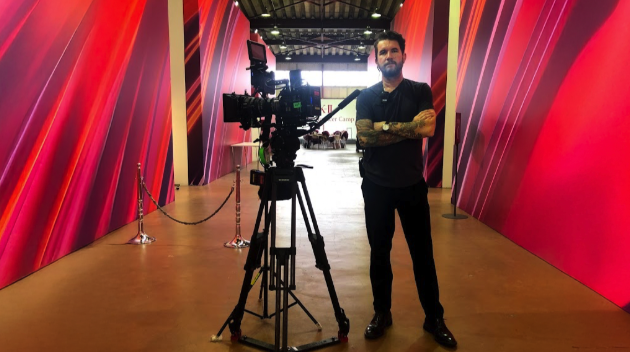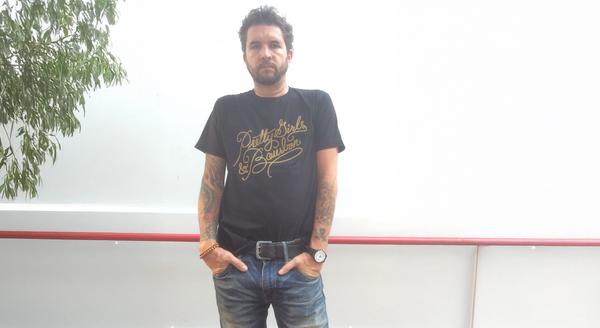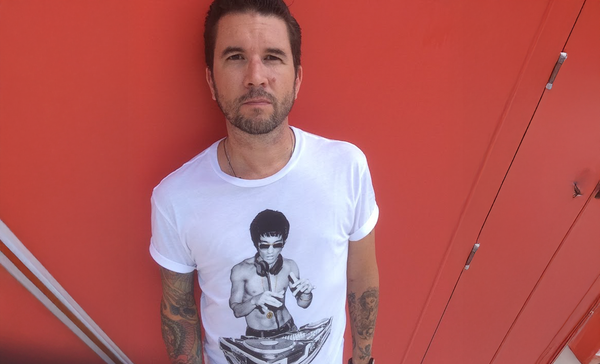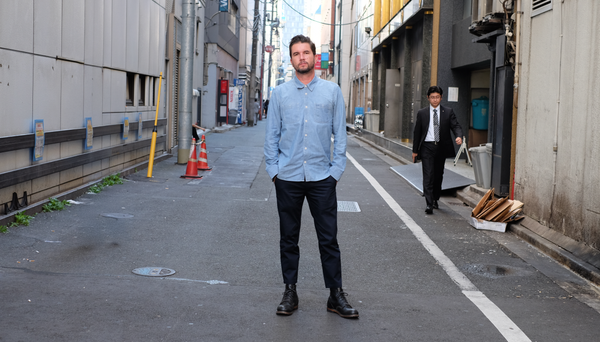"We are just not not ready for AI." Your competition wasn't either, and yet...

“It’s 11:30”: Why Agencies Can’t Wait for AI Readiness
Lorne Michaels, the legendary producer of Saturday Night Live, once said,
“The show doesn’t go on because it’s ready; it goes on because it’s 11:30.”
It’s one of those lines that you remember. Not just because it’s funny or sharp, but because it’s uncomfortably true. There’s no room for perfection when the curtain’s about to rise. The lights come on. The cameras roll. And ready or not, you go.
That same spirit - equal parts urgency and acceptance - is precisely what is missing from many agencies today as they wrestle with how, when, or even whether to integrate AI into their workflows. Across boardrooms and brainstorming sessions, the questions are familiar: Should we train our teams? Should we invest in new tools? Should we wait to see what others do?
What Are You Waiting For?
There’s a kind of institutional hesitation settling over the industry. A waiting game. A hope that the picture will become clearer, the tools more stable, and the talent easier to find. And yet, all the while, the clock is ticking.
I know this to be true, because I have been sitting here, waiting, sometimes for months, after speaking with agency leaders who, in the first meeting, talk about how they are behind their competition, how the HoldCo leadership is asking them to wait, and how their staff is quietly using AI tools in secret, without training, without guidance, and without permission.
I was asked to propose a “day in my life” workshop for a creative agency team, but I never heard back from the ECD, who initiated the brief. I have been paraded in front of a table full of decision-makers, only to hear, “We need more time to think about it.” And most recently, I had a project cancelled because “The world of AI is changing so quickly. We need to see where it is going.”
The Illusion of “The Right Time”
The truth is, waiting for the “right time” to adopt AI is like waiting for a sunrise to slow down. The platforms are evolving in real time. Client expectations are shifting. Entire categories of work, strategy decks, storyboards, comps, and scripts are already being reshaped by people who aren’t waiting for permission.
There’s no perfect moment. No grand consensus. And there certainly won’t be a memo from the future telling you it’s time to start. The only thing you can count on is that it’s already happening. The industry's tempo has changed.
And whether you feel ready or not, it’s 11:30.
The agencies that are moving forward aren’t the ones with perfect plans. They’re the ones who have accepted the messiness of momentum. They’re building while flying - testing tools, encouraging curiosity, and learning on the job. They’re not waiting for a mandate; they’re creating space for trial and error, carving out time for play, and trusting that fluency only comes through use.
I was recently commissioned to create an image engineering “way of thinking” guidebook for a client who recognized that not only was an AI-Augmented workflow now table stakes, but also that they needed their creative team to learn to think before acting. Yesterday, they shared some of their internal work with me, including the practice that was occurring as they prompted their way into production-ready imagery. I was so inspired to see the work and how their investment in developing a group-wide way of thinking has completely changed their creative workflow, for the better.
From Fragments to Flow
AI integration isn’t something that arrives neatly, with a bow and a user manual. It arrives in fragments. In side projects. In pitch decks that get rewritten late at night. In a junior creative, prompting big ideas. In a strategist unpacking a stack of trend reports, connecting dots in hours instead of, well, just settling for the easy, most visible insights. The process is uneven, imperfect, and often surprising, but it begins when you empower your teams to take the first step.
And once you start, something else shifts: your tempo. The old cadence - brief, review, revise, present - no longer fits. AI accelerates some parts of the process while demanding more from others. Yes, you can create faster. But that speed only works when balanced with human discernment, taste, intuition, and restraint. Tools give you output; people give it meaning. The challenge now isn’t just moving faster. It’s knowing when to pause, reflect, and push deeper.
There is no longer a clear line between preparation and performance. In an industry built on ideas, the rhythm of creativity has undergone a shift. You can feel it in the pressure to deliver more work in less time, in the clients who ask if you’ve “tried that AI thing,” in the quiet realization that yesterday’s workflows might already be outdated.
The Show Must Go On
You don’t need a 12-month roadmap to begin. You need a signal. And this is it.
Not because it’s tidy. Not because it’s proven. But because the curtain is rising. The tempo has already shifted. And those who are building in motion are quietly separating themselves from those still drawing up plans.
The clients are watching. The talent is restless. The tools are evolving faster than your sign-off cycles. So no, you won’t be ready. But that was never the point.
The show doesn’t go on because it’s perfect.
It goes on because it’s 11:30.

Ready or not, the moment is here.
If you’ve been waiting for the right time to explore how AI can reshape your agency’s creativity, strategy, or workflow, it’s already passed.
But the good news? It’s not too late to start.
I work with agencies and creative leaders who are ready to stop theorizing and start doing. Whether that’s a team workshop, a prototype sprint, or a custom playbook for AI-integrated thinking, we’ll build it together, in motion, with momentum.
No slides for the shelf. No fluff. Just practical, inspiring, hands-on guidance to help your team move with confidence into what’s next.



